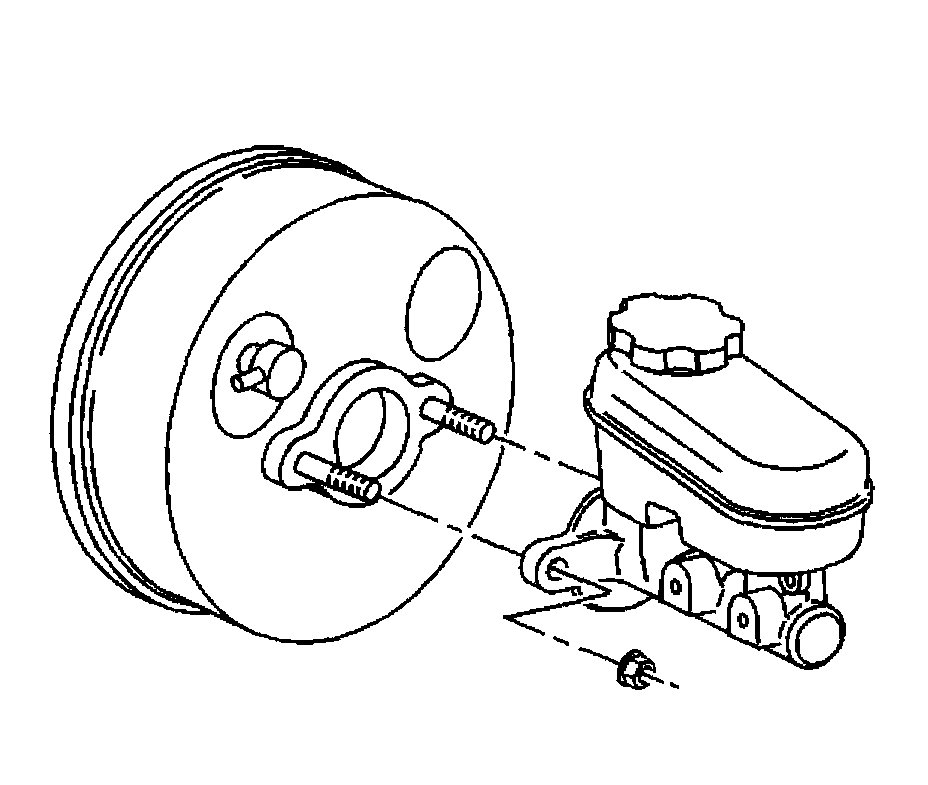Welcome to 2CarPros.
If the pedal goes to the floor, either there is a leak at one of the wheels, one of the brake lines / hoses, or the master cylinder is bad. What happens is when they get older, the plungers in the system get hard and fluid can bypass them. The result is what you described. Now, try this. Pump the brake so you get a good pedal. Hold steady pressure on the brake pedal. Wait a few to see if it starts slowly going to the floor. If it does, my first suspect is the master cylinder. Most times, you won't see a leak with this condition because either the fluid doesn't leak at all or it will sometimes go into the brake booster. This really doesn't sound like a vacuum issue.
Take a look through this link:
https://www.2carpros.com/articles/brake-pedal-goes-to-the-floor
I really feel that is the problem. If you determine it is, here is a link that explains in general how to replace a master cylinder.
https://www.2carpros.com/articles/how-to-replace-a-brake-master-cylinder
Here are the directions specific to your vehicle. The attached picture correlates with the directions.
_______________________
MASTER CYLINDER REPLACEMENT
Master Cylinder Replacement
Removal Procedure
see pic 1
1. Disconnect the electrical connector from the brake fluid level sensor.
2. Disconnect the brake pipes from the master cylinder.
Important: Install a rubber cap or plug to the exposed brake pipe fitting ends in order to prevent brake fluid loss and contamination.
3. Plug the open brake pipe ends.
4. Remove master cylinder mounting nuts.
5. Remove the master cylinder from the vehicle.
6. Drain the master cylinder reservoir of all brake fluid.
Installation Procedure
see pic 1
1. Bench bleed the master cylinder.
2. Install the master cylinder to the vacuum brake booster.
Notice: Refer to Fastener Notice in Service Precautions.
3. Install the master cylinder mounting nuts.
Tighten the master cylinder mounting nuts to 25 Nm (18 ft. lbs.).
4. Remove the plugs from the brake pipes
5. Connect the brake pipes to the master cylinder.
Tighten the brake pipe fittings at the master cylinder to 15 Nm (11 ft. lbs.).
6. Connect the electrical connector to the brake fluid level sensor.
7. Bleed the brake system.
++++++++++++++++++++++++++++++++++++
The link I attached regarding replacement includes directions for bench bleeding the new master cylinder and the brake system. If you need help or have other questions, let me know.
Let me know if this helps.
Take care,
Joe
Image (Click to make bigger)
Saturday, June 29th, 2019 AT 7:42 PM




